Microscope How Much ?
The cost of a microscope can vary greatly depending on the type and quality of the instrument. Basic student microscopes can be purchased for under $100, while more advanced research-grade microscopes can cost tens of thousands of dollars. Additionally, there are many different types of microscopes, including compound, stereo, electron, and fluorescence microscopes, each with their own specific uses and price points.
1、 Optical Microscopy
Optical Microscopy is a technique that uses visible light and lenses to magnify and observe small objects or structures that cannot be seen with the naked eye. The cost of a microscope can vary greatly depending on the type and quality of the instrument. A basic compound microscope suitable for educational purposes can cost around $100, while a high-end research-grade microscope can cost tens of thousands of dollars.
In recent years, there have been significant advancements in optical microscopy, particularly in the field of super-resolution microscopy. This technique allows for the observation of structures at a resolution beyond the diffraction limit of light, which was previously thought to be impossible. Super-resolution microscopy has opened up new avenues of research in fields such as cell biology, neuroscience, and materials science.
Another recent development in optical microscopy is the integration of artificial intelligence (AI) and machine learning algorithms. These technologies can be used to analyze large amounts of data generated by microscopy, allowing for faster and more accurate analysis of complex structures and processes.
Overall, optical microscopy remains a valuable tool in scientific research and education, and its continued development and integration with new technologies will undoubtedly lead to further breakthroughs in our understanding of the world around us.

2、 Electron Microscopy
Electron Microscopy.
Electron microscopy is a powerful tool used to study the structure and properties of materials at the nanoscale level. It uses a beam of electrons to create high-resolution images of the sample being studied. The resolution of electron microscopy is much higher than that of light microscopy, allowing researchers to see details that would otherwise be impossible to observe.
The cost of an electron microscope can vary greatly depending on the type and specifications of the instrument. A basic transmission electron microscope (TEM) can cost around $500,000, while a more advanced scanning transmission electron microscope (STEM) can cost upwards of $2 million. In addition to the initial cost of the instrument, there are also ongoing costs associated with maintenance, operation, and sample preparation.
Despite the high cost, electron microscopy is an essential tool for many fields of research, including materials science, biology, and nanotechnology. It has enabled researchers to make significant advances in our understanding of the structure and properties of materials at the nanoscale level, leading to the development of new materials and technologies.
In recent years, there have been significant advances in electron microscopy technology, including the development of aberration-corrected electron microscopy, which has further improved the resolution and capabilities of these instruments. As a result, electron microscopy continues to be a critical tool for researchers in many fields, and its importance is only expected to grow in the future.

3、 Scanning Probe Microscopy
Scanning Probe Microscopy (SPM) is a type of microscopy that allows for the imaging and manipulation of surfaces at the nanoscale level. This technique has revolutionized the field of nanotechnology and has enabled scientists to study and understand the properties of materials at the atomic and molecular level.
The cost of a scanning probe microscope can vary depending on the type and specifications of the instrument. A basic SPM can cost around $50,000, while more advanced models can cost upwards of $500,000. However, the cost of SPMs has been decreasing over the years, making them more accessible to researchers and scientists.
One of the latest developments in SPM is the use of machine learning algorithms to improve the accuracy and speed of data analysis. This approach has been shown to be effective in reducing the time and effort required for data analysis, allowing researchers to focus on the interpretation and application of their results.
Another recent development in SPM is the integration of different imaging modes, such as atomic force microscopy and scanning tunneling microscopy, into a single instrument. This allows for a more comprehensive analysis of the surface properties of materials and can provide valuable insights into their behavior and performance.
Overall, SPM has become an essential tool for researchers and scientists in the field of nanotechnology, and its continued development and improvement will undoubtedly lead to new discoveries and advancements in the field.

4、 Confocal Microscopy
Confocal microscopy is a powerful imaging technique that allows for the visualization of biological samples with high resolution and contrast. This technique uses a laser to excite fluorescent molecules within a sample, and then collects the emitted light using a pinhole aperture. By scanning the laser across the sample and collecting the emitted light at different depths, confocal microscopy can create 3D images of biological structures.
One of the major advantages of confocal microscopy is its ability to selectively image specific structures within a sample. By using fluorescent labels that target specific molecules or structures, researchers can visualize these structures in great detail. Additionally, confocal microscopy can be used to image live cells and tissues, allowing for the study of dynamic biological processes in real time.
The cost of a confocal microscope can vary widely depending on the specific model and features. Basic confocal microscopes can cost around $100,000, while more advanced models with additional features such as super-resolution imaging can cost upwards of $500,000. However, many universities and research institutions have shared core facilities that provide access to confocal microscopes for a fee.
Overall, confocal microscopy is a valuable tool for biological research, allowing for the visualization of biological structures with high resolution and contrast. As technology continues to advance, it is likely that confocal microscopy will continue to play an important role in the study of biological systems.
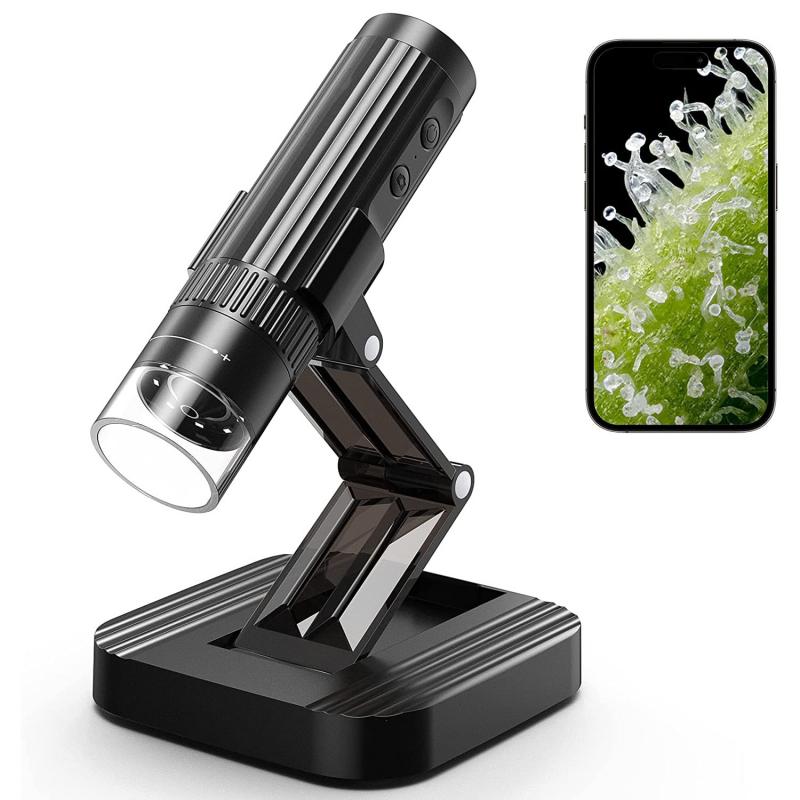















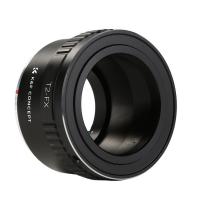






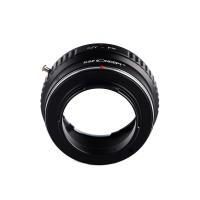



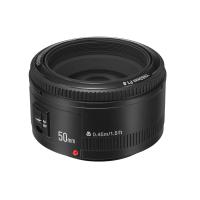
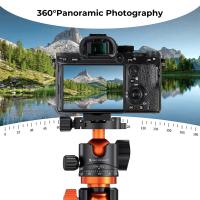
There are no comments for this blog.